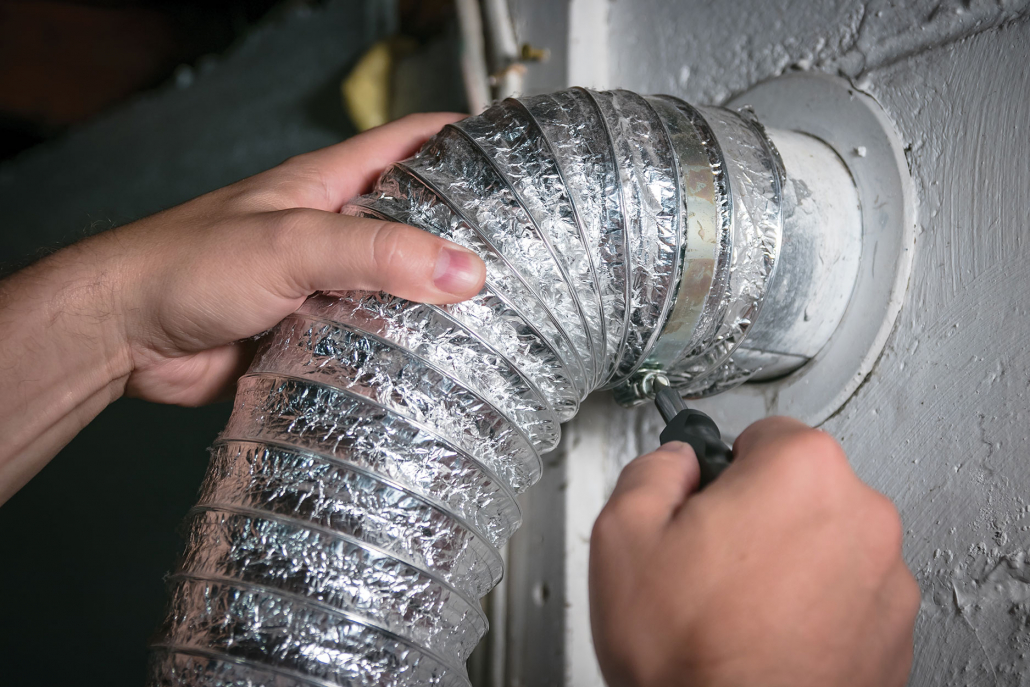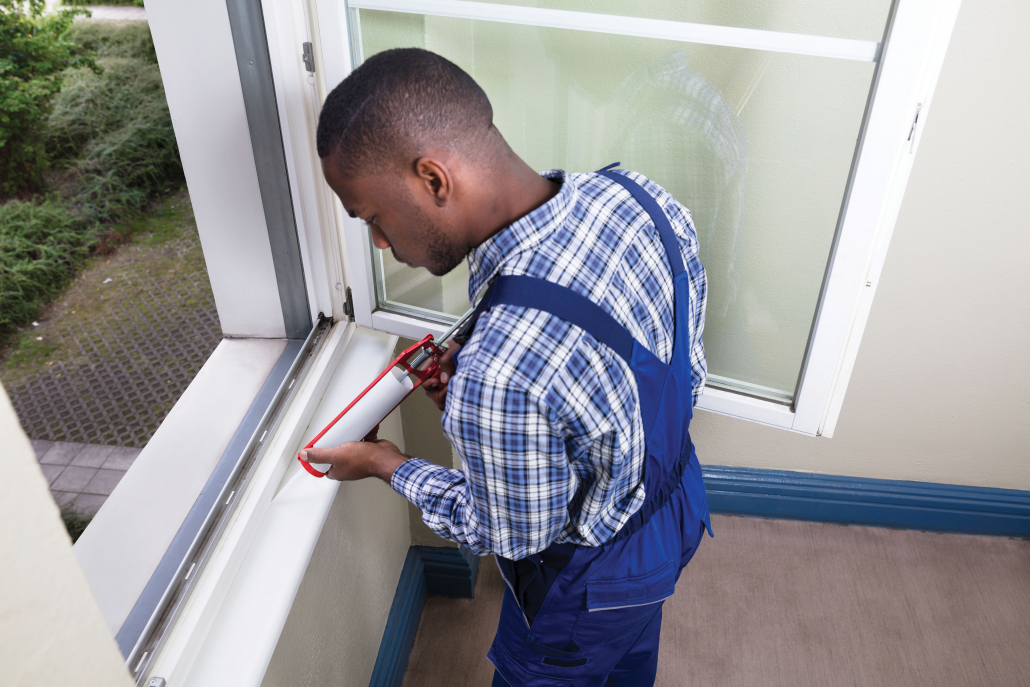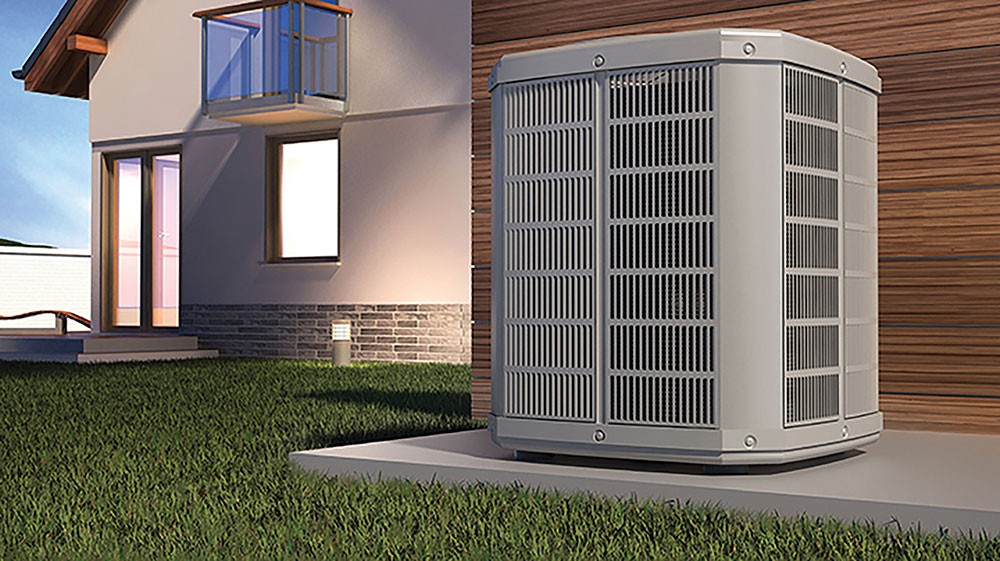Three DIY efficiency projects to tackle this spring
1. Trim dryer vent. If your dryer vent hose is too long, your dryer is working harder than it has to, using more energy than necessary. The vent hose should be long enough for you to pull the dryer out a couple feet from the wall, but the shape of the hose should form a line — it should not have a lot of slack, with twists and curves. A shorter, unobstructed vent hose increases the efficiency of your dryer, dries clothing faster and reduces lint buildup, which can create potential fire hazards.
Simply measure, mark and trim the hose to the desired length, then reattach the hose to your dryer and exterior vent. If you’re unsure about the hose length, check out YouTube.com for a quick video tutorial.


2. Seal air leaks with caulk. Applying caulk around windows, doors, electrical wiring and plumbing can save energy and money.
Before applying new caulk, clean and remove any old caulk or paint with a putty knife, screwdriver, brush or solvent. The area should be dry before you apply the new caulk.
Apply the caulk in one continuous stream, and make sure it sticks to both sides of the crack or seam. Afterwards, use a putty knife to smooth out the caulk, then wipe the surface with a dry cloth.
3. Heat pump maintenance. Heat pump technology is one of the most advanced and energy-efficient heating and cooling technologies available. An air-source heat pump moves heat to and from the outdoor air. In summer, it operates like a conventional central air conditioner. In winter, it provides supplemental heat.
Proper heat pump maintenance is key to energy-efficient operation and long equipment life. Clean or change filters once a month, or as needed, and maintain the system according to manufacturer’s instructions. Dirty filters, coils and fans reduce airflow through the system. Clean outdoor coils whenever they appear dirty. Turn off power to your heat pump and clean the outdoor unit by removing vegetation and clutter and spraying it off with a hose. You should also have a professional technician service your heat pump at least once a year. These maintenance tips can also be applied to your central air conditioner.



